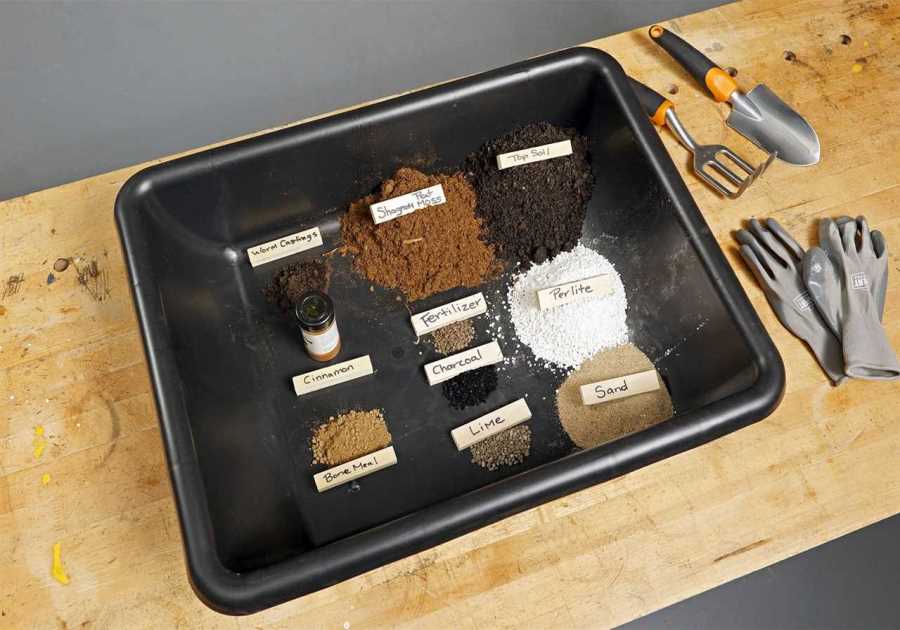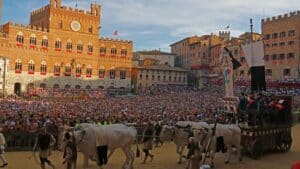
Even if you’re not an ardent Italophile, you may well be familiar with the concept of a Palio, even if it’s just a case of knowing that it involves horses and some sort of competitive element! Siena’s Palio stands out as one of Italy’s best known and most spectacular Palio celebrations, an annual summer extravaganza that showcases the best of the medieval city and Italian tradition.
Dating back to medieval times, Italy’s Palios traditionally involved horses or other animals in a competitive racing challenge but over the years, have adapted to include other elements that range from jousting to barrel rolling. With different districts within a town competing against each other, what unites most of them is a passionate sense of the importance of community. In Siena, for example, 17 districts (or ‘contrade’) compete in a horse race to bring honour to that contrada.
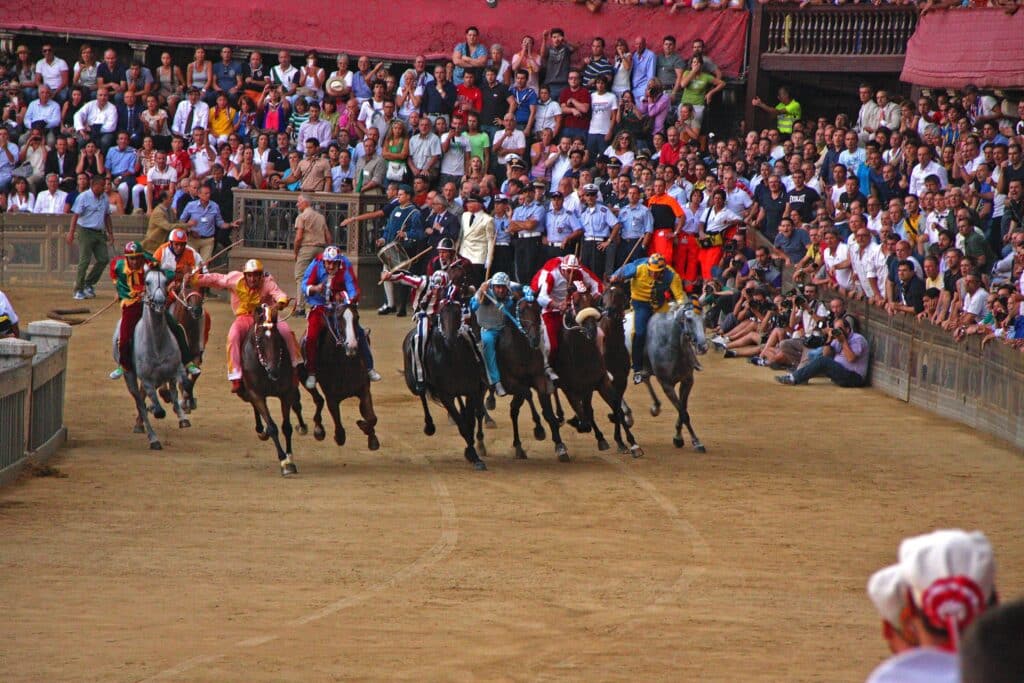
Today, visiting a Palio, or being in town during the run-up to the event, is a wonderful way to mingle with locals and get an insight into Italian culture. The event itself is a feast of colour and action, but watching the spectators and being immersed in the atmosphere is also a big part of the appeal.
Italy’s oldest Palio in Ferrara
In some towns, the build-up to the actual event can last for weeks so if you’re travelling in Italy, it’s worth checking the full Palio programme. During a recent visit in early May to the Emilia Romagna town of Ferrara, home to one of the oldest Palios in the world, the anticipation was palpable.

Preparations start four weeks before the event, with blessings, flag bearing practice sessions, processions and pageants, plus a magnificent light show screening in the main piazza. This means that even if you’re not in town for the main horse race, you can still soak up some of the atmosphere during your stay in what is surely one of Italy’s most captivating towns.
Palio della Balestra in Umbria
Actually, I’m also lucky enough to be a spectator at the Palio della Balestra crossbow competition most years. Bringing together the town of Gubbio and its Tuscan neighbour Sansepolcro, the two part event – in Gubbio in May and in Sansepolcro in September – is a wonderful chance to step back in time into medieval Umbria.
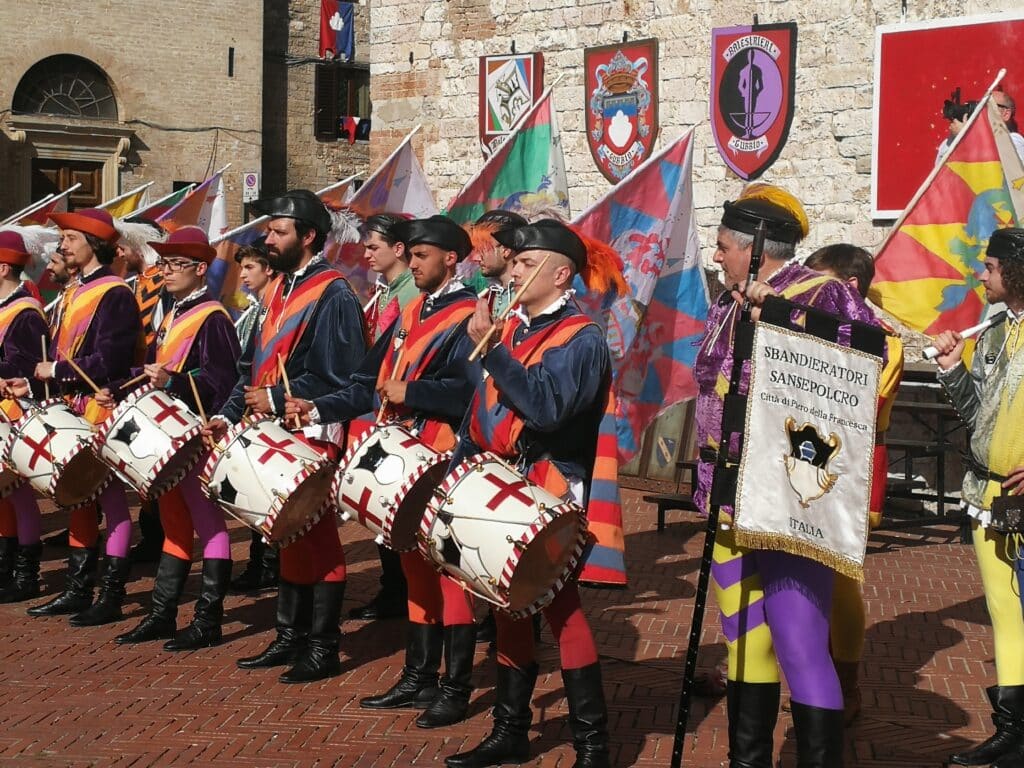
With its roots in the 15th century when archery skills were slightly more useful than they are today, the programme still features archery, flag-throwing and colourful processions through the streets in full medieval costume.
Palios in Piedmont
Two Palios stand out in Piedmont, a region best known as the birthplace of the Slow Food movement, and renowned for its artisan cheeses, truffles and exceptional wine. The first Palio in Asti was recorded as taking place in 1275 and now runs annually in early September. Today, the event involves a horse race between 21 districts, flag-waving performances, horse blessings and a historical parade.
Meanwhile, the Palio degli Asini (donkeys) in nearby Alba is a more light-hearted affair but one which nevertheless draws crowds from around the world, admittedly partly due to its role as the opening event of Alba’s International White Truffle Festival.
Palios on the Water
However, not all Palios involve jousting and horse racing. In Pisa, the Palio takes you away from the iconic Leaning Tower and down to the same river Arno that flows through Florence. Join the crowds watching locals from four historic quarters compete in a boat race to celebrate the city’s patron saint, San Ranieri.
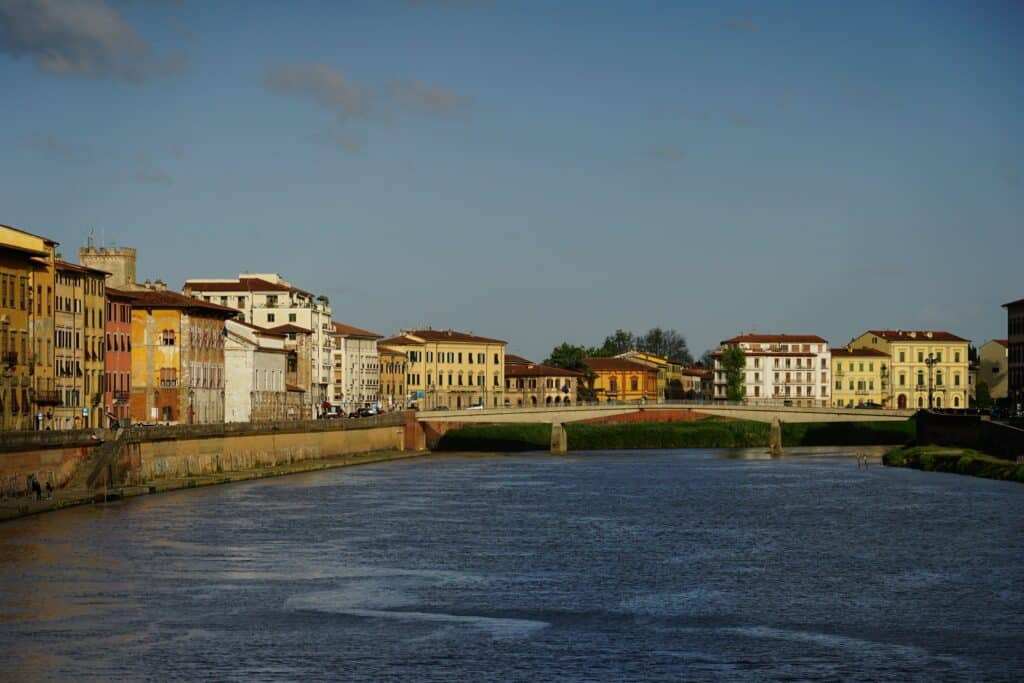
Crewed by eight rowers, a helmsman and a cox, the boats race for 1500m from the Ponte della Ferrovia to the Palazzo Mediceo where an anchored boat marks the finish line. Actually, that’s not quite the end of the race as the cox still has to climb a 10m high flagpole to squeeze the blue ‘paliotto’ to secure victory.
To the north of Pisa, in La Spezia, the Palio del Golfo is a clear sign of the city’s seafaring roots. Held on the first Sunday of August each year, the race is part of a larger Festival of the Sea which involves boats from local fishing villages that overlook the Gulf of Poets on the Ligurian coast.
Palio della Quintana and Other Palios in Le Marche
Over in the east of Italy, the region of Le Marche stages Palios that relate to everything from agriculture (geese in the Palio dell’Oca), hunting (and specifically boar hunting in the Palio del Cinghiale in Mondavio) and barrel rolling in Cupramontana. There’s even a Palio della Rana (the frog) in Fermignano where contestants race for 170m with a frog in a wheelbarrow – very entertaining!
Meanwhile, the region’s most famous Palio, the Palio della Quintana in Ascoli Piceno, has a more traditional programme of celebrations and rituals culminating in the dazzling horse racing event on 4 August.
Let’s Have a Conversation:
Have you ever been a spectator at a Palio in Italy? Can you recommend traditional events in other countries which are similar to the Palio celebrations?
------------------------------------
By: Jackie Parsons
Title: Discover the Most Fascinating Palios in Italy
Sourced From: sixtyandme.com/palios-in-italy/
Published Date: Tue, 04 Jun 2024 19:40:00 +0000
.png)





